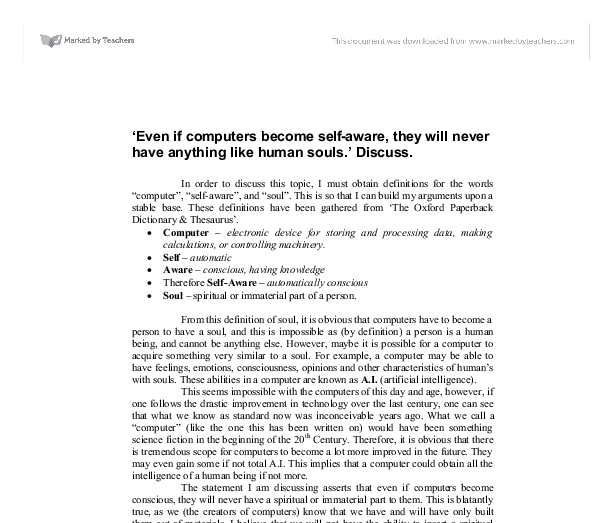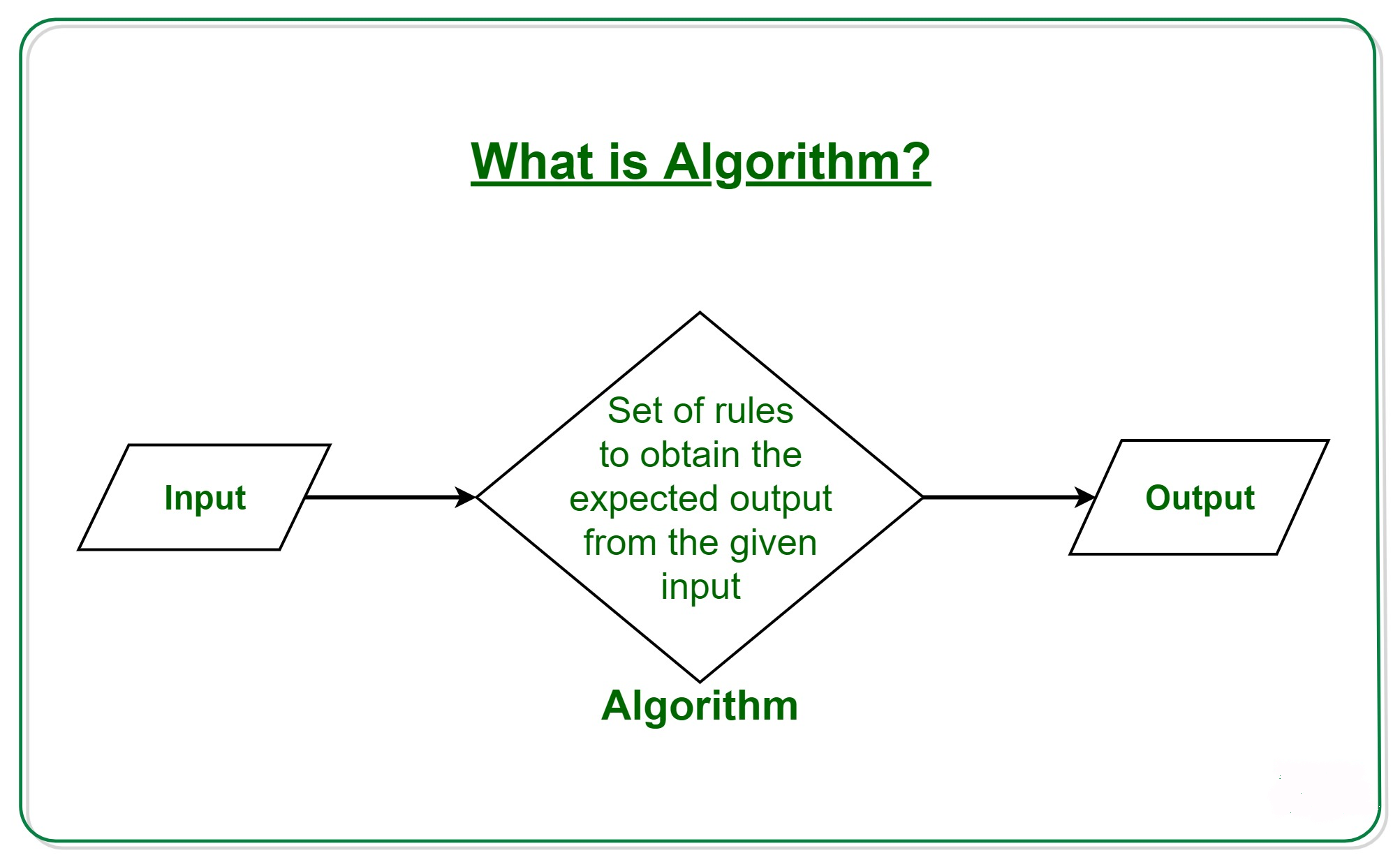
An optimization neural networks is a machine intelligence model used for improving prediction of complex tasks. There are many available models. These include Stochastic Gradient Descend, Bayes search, Adadelta. Unrolled, Bayes–opt-search. Each model has its unique characteristics and can serve different purposes.
Unrolled optimization neural network
The optimization algorithm selected will influence the performance and efficiency of an unrolled optimizing neural network. Each iteration must be unique in almost all cases. Several algorithms have been successfully unrolled in the past, including the proximal gradient method, half-quadratic splitting, the alternating-direction method of multipliers, the ISTA algorithm, and the primal-dual algorithm with Bregman distances.
Optimizers' main goal is to minimize losses while maximising the network's functionality. As an example, imagine hiking through the woods without a map. It's difficult to know which direction you should go but you can discern if you're progressing or slowing down. Or, you can choose to go downhill.
Stochastic gradient descent
Stochastic gradient downward is a mathematical technique that minimizes losses and produces the best possible results for neural networks. Back-propagation is used to calculate the gradients for the weights within the graph structure of the neural network. There are many variants of this algorithm. Each one has a different efficiency. Each one has its benefits and disadvantages. This article will cover some of them.

Evolutionary Stochastic Gradient Descent (ESGD) is a population-based optimization framework that combines SGD with gradient-free evolutionary algorithms. It's used for deep neural network development and increases the population's average fitness. It ensures that the best fitness in a population does not decrease. In addition, the ESGD algorithm considers the individuals in the population as competing species. Moreover, it makes use of the complementarity of the optimizers, which is an essential feature for optimizing deep neural networks.
Bayes-opt-search
For convolutional neural systems, you can use the Bayes -opt-search neural networking method. This algorithm begins by defining an objective function, and then it uses that function for training a convolutional neural network. Once trained, the network returns its classification error on the validation set. If the network overfits the validation set, it is evaluated on an independent test set.
This algorithm can also help to improve the performance existing systems. The objective function saves trained network to disk. The bayesopt function loads file that provides the highest validation accuracy.
Adadelta
Adadelta optimization neural networks is a powerful version of the Adagrad algorithm. The Adadelta algorithm, unlike the Adagrad algorithm, adapts learning rates to a sliding window of gradient updates. It continues to learn even after multiple iterations. It does away with the requirement for a default learning speed. The RMSprop function can be used to calculate the learn rate. This is done by taking the exponentially decaying squared gradients and multiplying it by the RMSprop. The resulting value is known as the learning rate, which Hinton recommends ranging between 0.9 and 0.001.
The Adadelta optimization neural network uses two state variables. These two variables are used to store the leaky mean of the second moment and the gradient of parameters in model. These variables are named the same as the Adagrad algorithm and are given the same Greek variables. As the learning rate increases, the step size of this model will converge to one. This allows parameter updates as if there were an annealing program.

HyperOptSearch
Hyperopt is a metaoptimization algorithm that can be used to optimize neural networks. It uses gradient descend methods to tune parameters. Hyperopt makes it possible to tune your network's fancy parameters. This includes the number or neurons per layer and even the type of layer.
HPO calculates the optimal number hidden layers to fit a given computational budget. The HPO algorithm compares different NN models in order to find the fastest and most accurate model. It takes into account parameters such a number of hidden layers and the number per layer of neurons. HPO also considers the batch size which can have an impact on the network's accuracy.
FAQ
Which industries use AI the most?
The automotive industry is one of the earliest adopters AI. BMW AG uses AI, Ford Motor Company uses AI, and General Motors employs AI to power its autonomous car fleet.
Banking, insurance, healthcare and retail are all other AI industries.
How does AI work?
Understanding the basics of computing is essential to understand how AI works.
Computers save information in memory. Computers process data based on code-written programs. The computer's next step is determined by the code.
An algorithm is a sequence of instructions that instructs the computer to do a particular task. These algorithms are often written using code.
An algorithm can also be referred to as a recipe. An algorithm can contain steps and ingredients. Each step may be a different instruction. For example, one instruction might read "add water into the pot" while another may read "heat pot until boiling."
What is AI and why is it important?
In 30 years, there will be trillions of connected devices to the internet. These devices include everything from cars and fridges. The combination of billions of devices and the internet makes up the Internet of Things (IoT). IoT devices are expected to communicate with each others and share data. They will also be capable of making their own decisions. A fridge might decide whether to order additional milk based on past patterns.
It is anticipated that by 2025, there will have been 50 billion IoT device. This represents a huge opportunity for businesses. But, there are many privacy and security concerns.
Why is AI used?
Artificial intelligence is a branch of computer science that simulates intelligent behavior for practical applications, such as robotics and natural language processing.
AI can also be referred to by the term machine learning. This is the study of how machines learn and operate without being explicitly programmed.
There are two main reasons why AI is used:
-
To make our lives easier.
-
To accomplish things more effectively than we could ever do them ourselves.
Self-driving vehicles are a great example. AI can take the place of a driver.
What can AI do for you?
AI has two main uses:
* Prediction-AI systems can forecast future events. AI can help a self-driving automobile identify traffic lights so it can stop at the red ones.
* Decision making. AI systems can make important decisions for us. As an example, your smartphone can recognize faces to suggest friends or make calls.
Are there any AI-related risks?
You can be sure. There always will be. Some experts believe that AI poses significant threats to society as a whole. Others believe that AI is beneficial and necessary for improving the quality of life.
AI's potential misuse is one of the main concerns. It could have dangerous consequences if AI becomes too powerful. This includes autonomous weapons, robot overlords, and other AI-powered devices.
AI could eventually replace jobs. Many fear that AI will replace humans. But others think that artificial intelligence could free up workers to focus on other aspects of their job.
Some economists believe that automation will increase productivity and decrease unemployment.
Who invented AI?
Alan Turing
Turing was created in 1912. His father was clergyman and his mom was a nurse. At school, he excelled at mathematics but became depressed after being rejected by Cambridge University. He started playing chess and won numerous tournaments. He was a British code-breaking specialist, Bletchley Park. There he cracked German codes.
He died in 1954.
John McCarthy
McCarthy was born 1928. Before joining MIT, he studied mathematics at Princeton University. There, he created the LISP programming languages. He had already created the foundations for modern AI by 1957.
He died in 2011.
Statistics
- More than 70 percent of users claim they book trips on their phones, review travel tips, and research local landmarks and restaurants. (builtin.com)
- By using BrainBox AI, commercial buildings can reduce total energy costs by 25% and improves occupant comfort by 60%. (analyticsinsight.net)
- According to the company's website, more than 800 financial firms use AlphaSense, including some Fortune 500 corporations. (builtin.com)
- While all of it is still what seems like a far way off, the future of this technology presents a Catch-22, able to solve the world's problems and likely to power all the A.I. systems on earth, but also incredibly dangerous in the wrong hands. (forbes.com)
- That's as many of us that have been in that AI space would say, it's about 70 or 80 percent of the work. (finra.org)
External Links
How To
How to set-up Amazon Echo Dot
Amazon Echo Dot connects to your Wi Fi network. This small device allows you voice command smart home devices like fans, lights, thermostats and thermostats. To listen to music, news and sports scores, all you have to do is say "Alexa". You can ask questions and send messages, make calls and send messages. Bluetooth headphones or Bluetooth speakers can be used in conjunction with the device. This allows you to enjoy music from anywhere in the house.
An HDMI cable or wireless adapter can be used to connect your Alexa-enabled TV to your Alexa device. An Echo Dot can be used with multiple TVs with one wireless adapter. You can pair multiple Echos simultaneously, so they work together even when they aren't physically next to each other.
To set up your Echo Dot, follow these steps:
-
Turn off your Echo Dot.
-
Connect your Echo Dot to your Wi-Fi router using its built-in Ethernet port. Make sure that the power switch is off.
-
Open Alexa on your tablet or smartphone.
-
Select Echo Dot among the devices.
-
Select Add a new device.
-
Choose Echo Dot among the options in the drop-down list.
-
Follow the on-screen instructions.
-
When asked, type your name to add to your Echo Dot.
-
Tap Allow access.
-
Wait until Echo Dot has connected successfully to your Wi Fi.
-
Do this again for all Echo Dots.
-
Enjoy hands-free convenience!